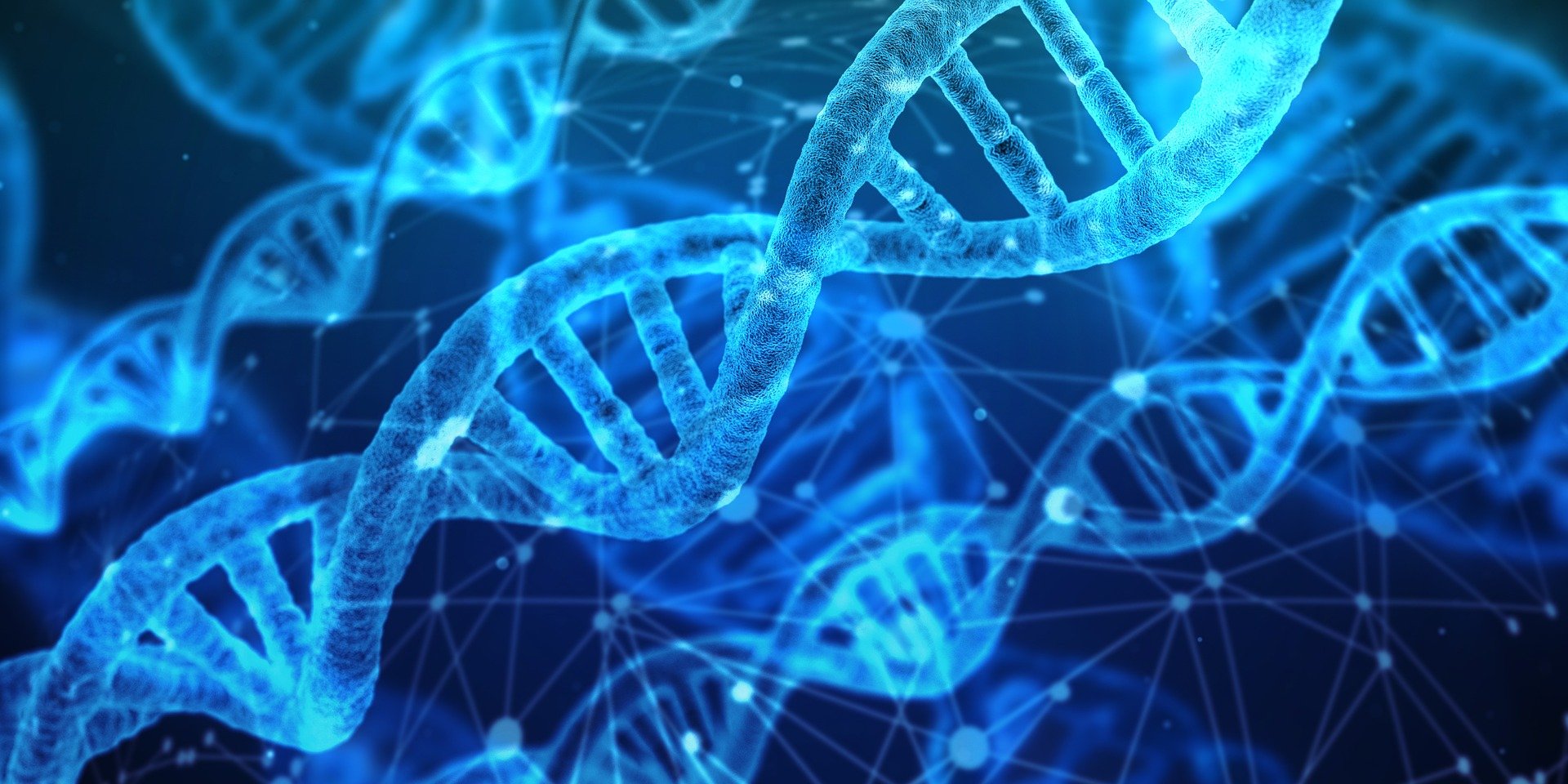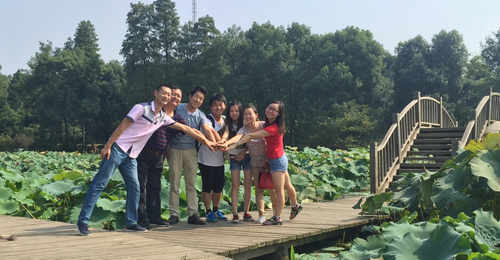
Research
Research Group of Aquatic Plant Physiology

Members: Prof. HOU Hongwei, PhD, Assistant Professor: Zhigang Wu
Contact: Prof. Hongwei Hou (houhw@ihb.ac.cn)
Institute of Hydrobiology, the Chinese Academy of Sciences
No. 7 Donghu South Road, Wuhan, Hubei, China, 430072
Tel: +86-27-68780159
General Introduction:
Established in 2014, the Research Group of Aquatic Plant Physiology focuses on multiple aspects of aquatic plant research, including morphology, physiology, molecular biology and genomics.
Major research areas:
* The regulation of plant phenotype by environmental factors: Using water wisteria (Hygrophila difformis) as a model, this group studies the impact and regulatory mechanisms of environmental factors, genes and phytohormones on plant phenotype.
* Duckweed research and applications: This group has collected over 18 species of duckweed, including Spirodela, Landoltia, Lemna, Wolffiella, and Wolffia. Starting from duckweed germplasm preservation, tissue culture, and genetic transformation, they study the response mechanism of duckweeds to low phosphorus signal, selected suitable duckweed species for biomonitoring and phytoremediation, and set up bioreactors to express fish vaccines.
* Aquatic plant ecology: They use molecular tools, such as AFLP, MSAP, and SSR to study the distribution, genetic diversity and ecological function of aquatic plants in some important lakes of the plateau and drainage areas of the Yangtze River.
* Aquatic vegetables and ecological agriculture research and application: They study the physiological and gene profiles of important aquatic vegetables including Oenanthe javanica and Nasturtium officinale under abiotic stress, identify important trait genes, and screen germplasms for quality traits. They also design floating beds of aquatic vegetables to improve water quality.
Selected publications by chief members:
Wu, Z., Yu, D., Li, X., Xu, X. 2016. Influence of geography and environment on patterns of genetic differentiation in a widespread submerged macrophyte, Eurasian watermilfoil (Myriophyllum spicatum L., Haloragaceae). Ecol Evol 6: 460-468.
Wu, Z., Ding, Z., Yu, D., Xu, X. 2015. Influence of niche similarity on the hybridization between Myriophyllum sibiricum and M. spicatum. J Evolution Biol 28: 1465-1475.
Wu, Z., Yu, D., Wang, Z., Li, X., Xu, X. 2015. Great influence of geographic isolation on the genetic differentiation of Myriophyllum spicatum under a steep environmental gradient. Scientific Reports 5: 15618.
*Held, M., *Hou, H., *Miri, M., Huynh, C., Ross, L., Hossain, S., Sato, S., Tabata, S., Perry, J., Wang, T., and Szczyglowski, K. 2014. Lotus japonicus cytokinin receptors work partially redundantly to mediate nodule formation. Plant Cell 26:678-694 (*co-first author).
Yoon, H., Shakhawat H., Held M., Hou H., Kehl M., Tromas A., Sato S., Tabata S., Stougaard J., Ross L., and Szczyglowski, K. (2014). Lotus japonicus SUNERGOS1 encodes a predicted subunit A of a DNA topoisomerase VI and is required for nodule differentiation and accommodation of rhizobial infection. Plant J 78: 811-21
Wu, Z., Yu, D., Xu, X. 2013. Development of microsatellite markers in the hexaploid aquatic macrophyte, Myriophyllum spicatum (Haloragaceae). Appl Plant Sci 1: 1200230.
Hou, H., Zhang, Z., Zhao, W. 2012. Generating DNA sequences encoding tandem peptide repeats suitable for expression and immunological application. 2012. World J Microbiol Biotechn 28:2175–2180.
Garrett, J., Meents, M., Blackshaw, M., Blackshaw, L., Hou, H., Alexander, V., Erickson, J., Styranko, D., Kohalmi, S., Schultz, E. 2012. A novel semi-dominant allele of MONOPTEROS 1 indicates that negative regulation of auxin response is required for auxin canalization during vein formation. Planta 236:297-312
Hou, H., Erickson, J., Meservy, J., and Schultz, E. 2010. FORKED1 encodes a PH domain protein that is required for PIN1 canalization in developing leaf veins. The Plant J 63: 960–973